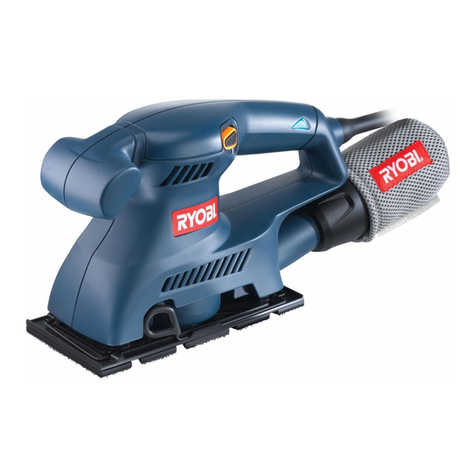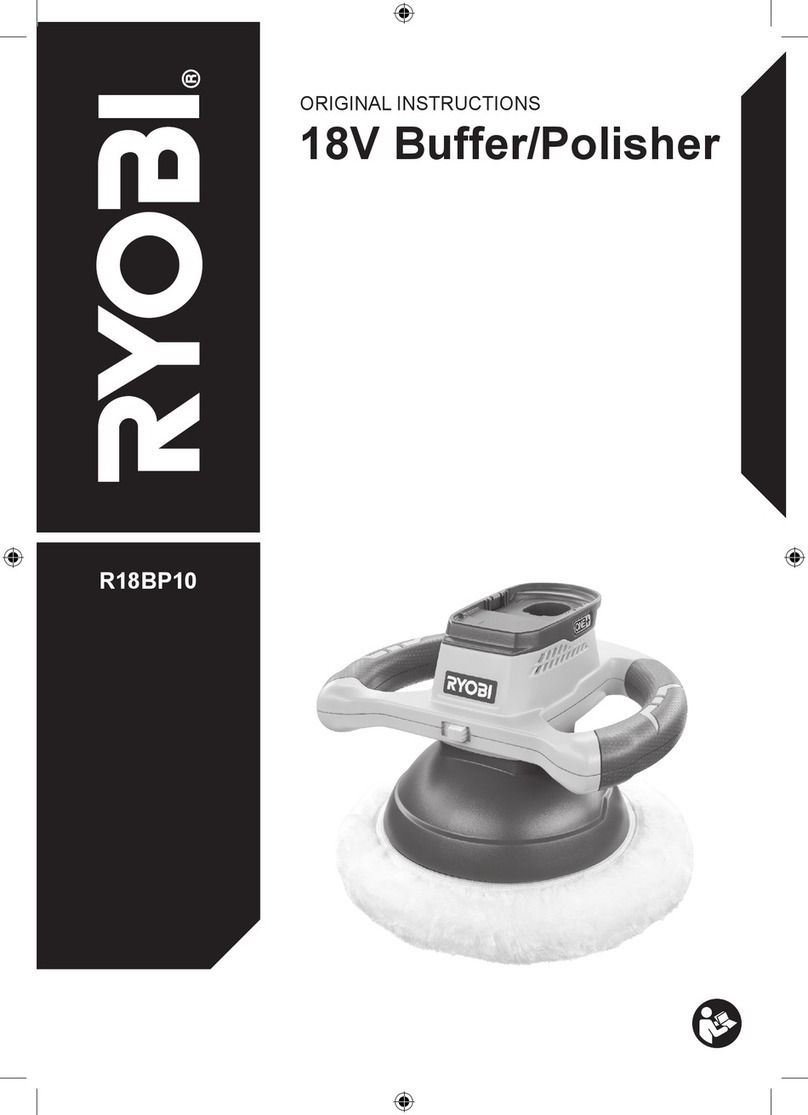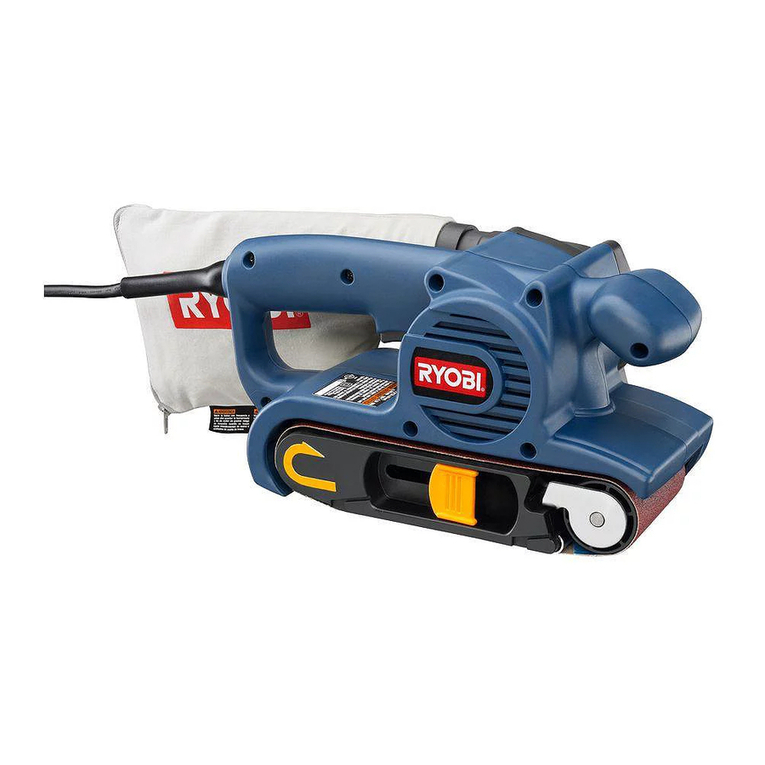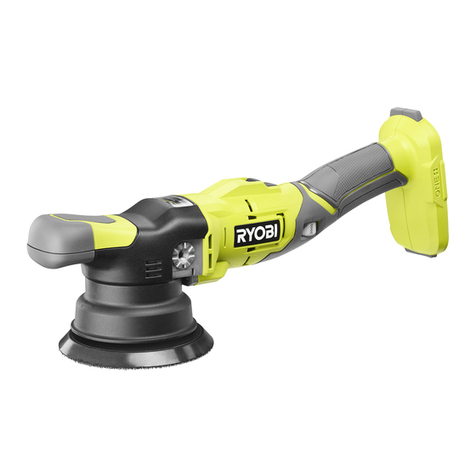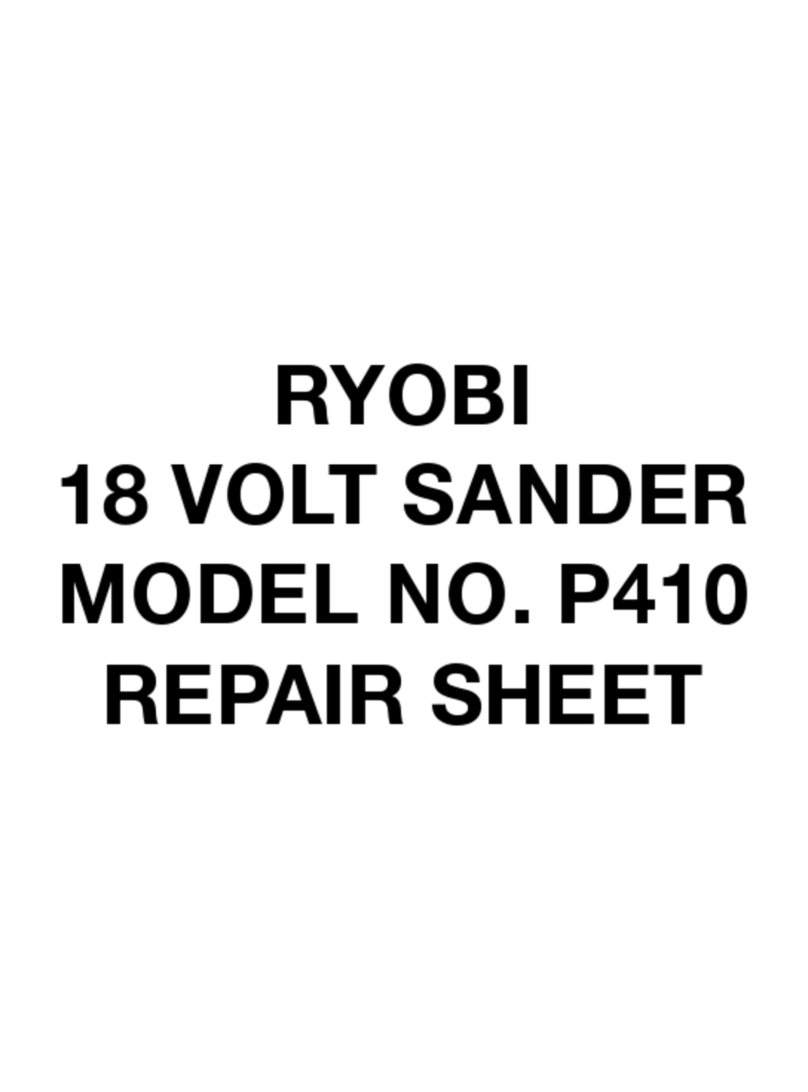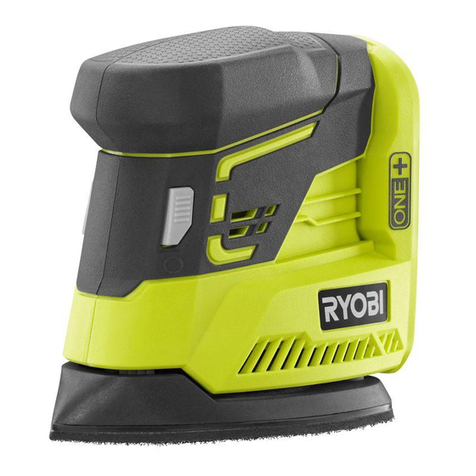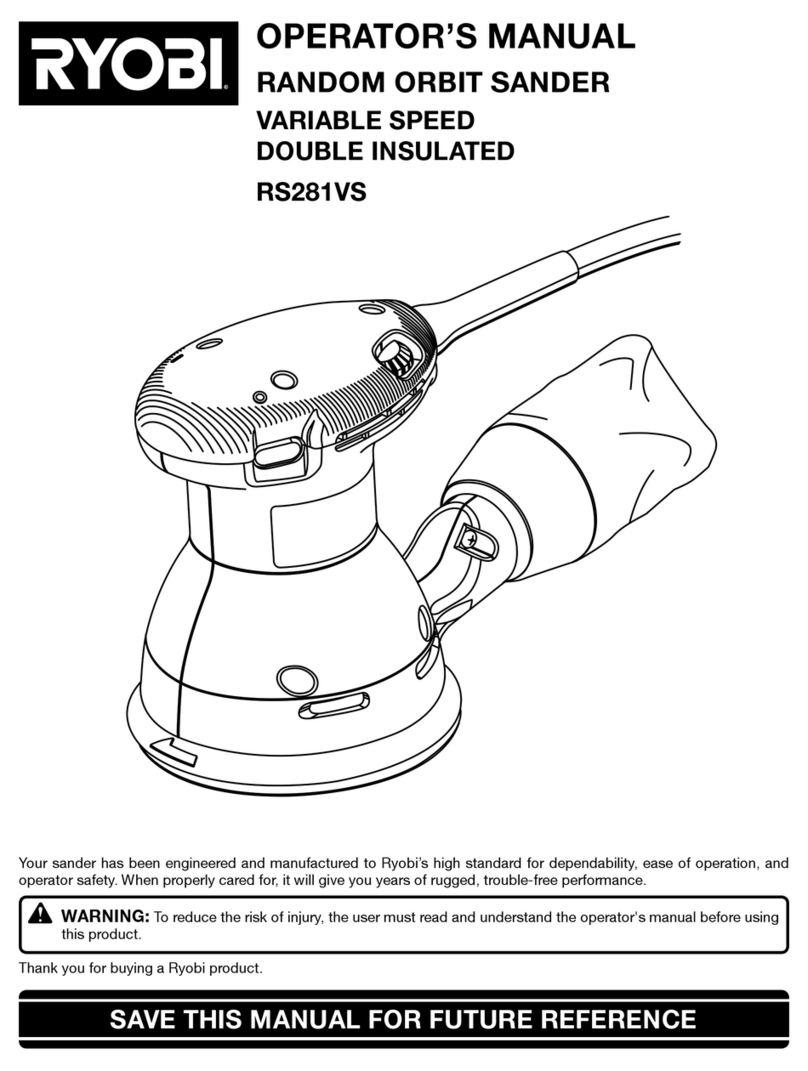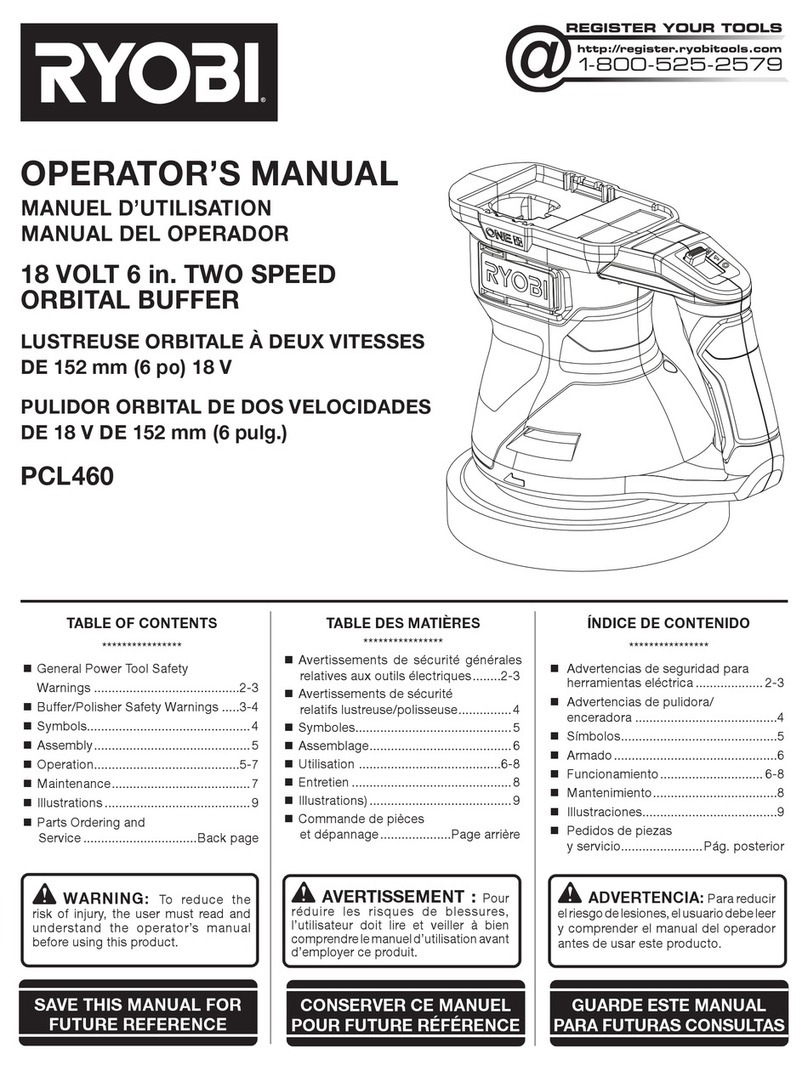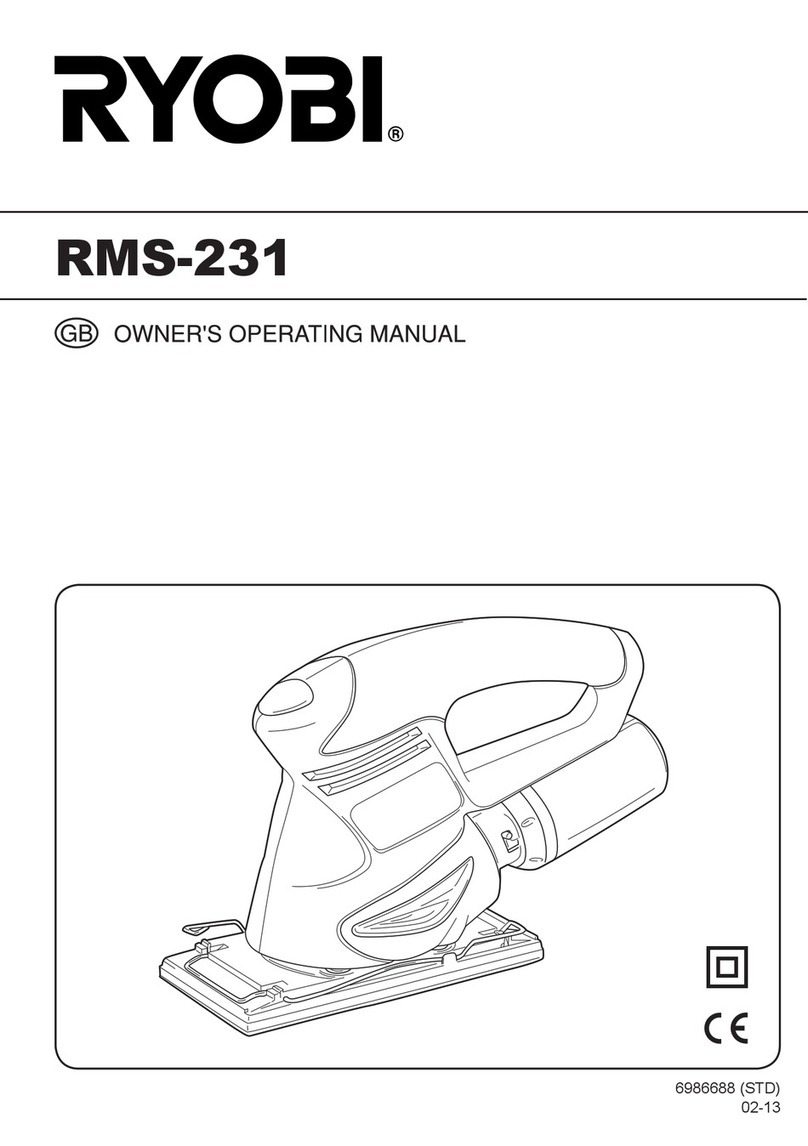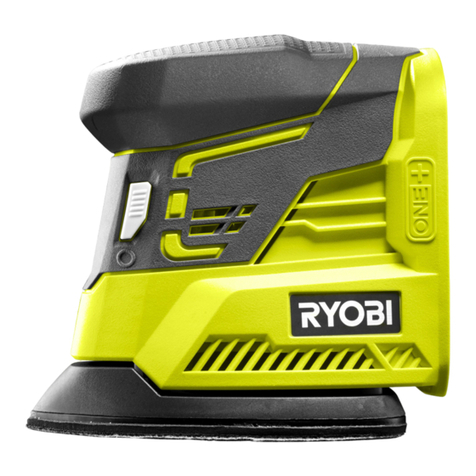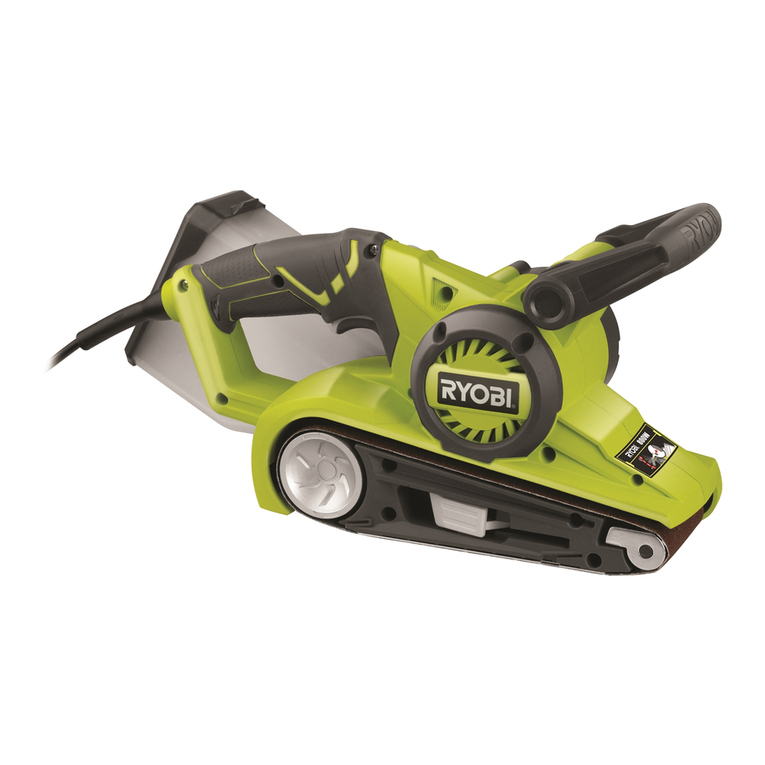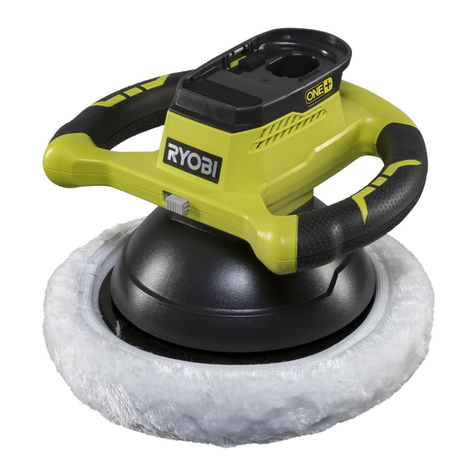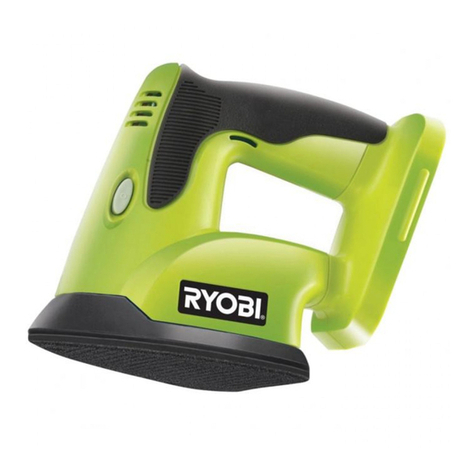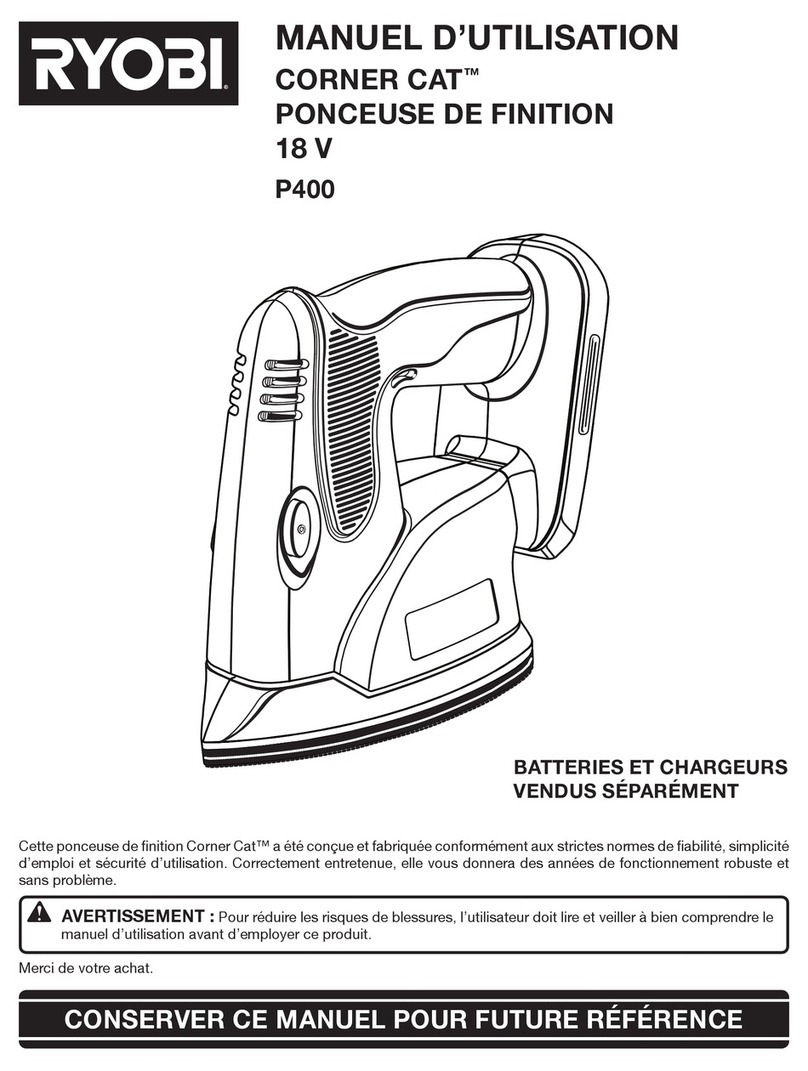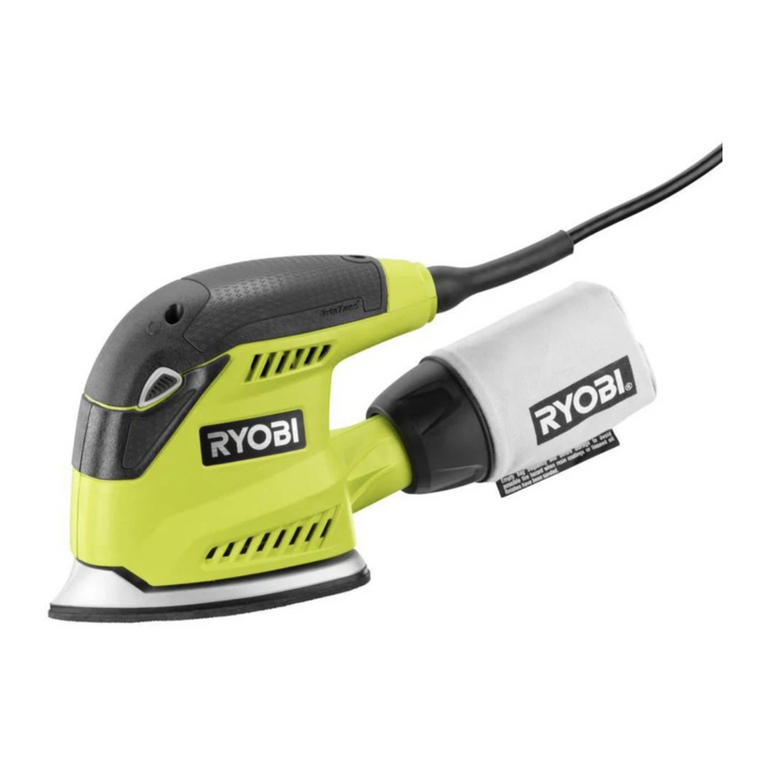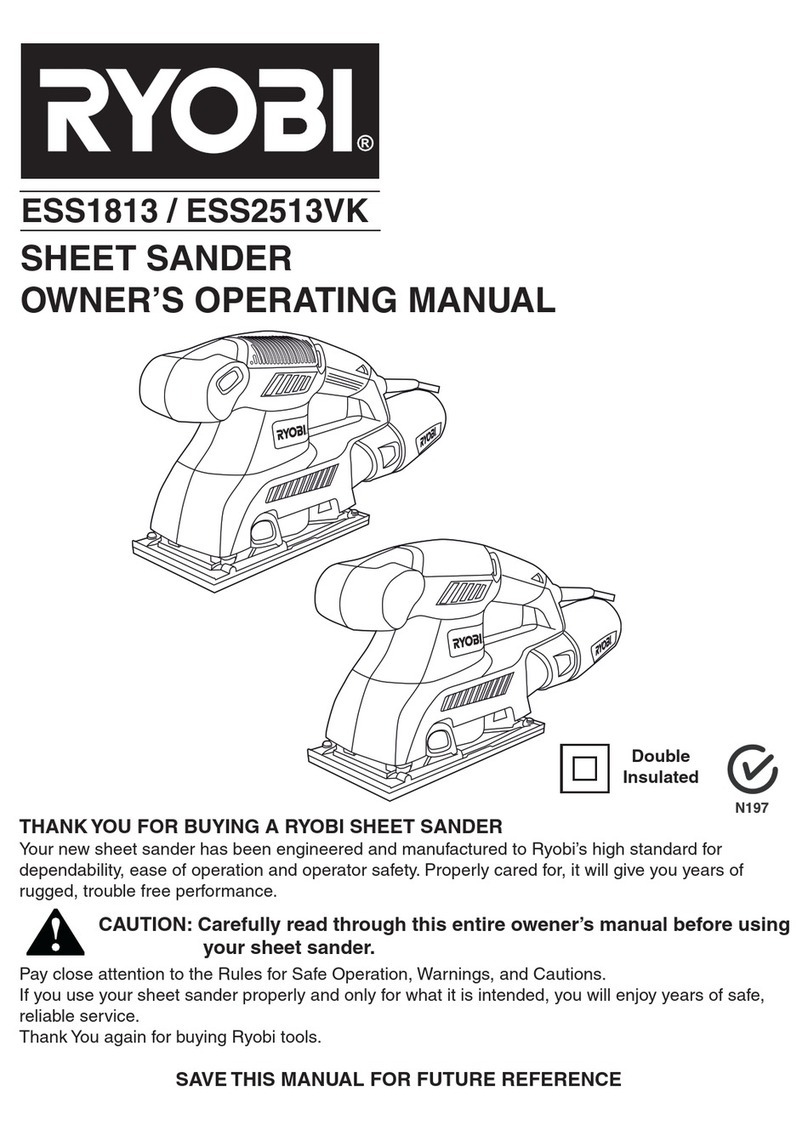Safety, performance, and dependability have been given
top priority in the design of your belt sander.
INTENDED USE
This belt sander is intended for sanding metal, wood,
plastics, or similar materials. It can also remove paint,
varnish, and corrosion from surfaces.
It is intended to be used by operators who have read the
instruction manual and understand the risks and hazards.
Belt sanders should only be used in well ventilated areas.
This belt sander is designed for dry sanding only. Do not
use for wet sanding.
The belt sander is intended for consumer use only. Do not
use the belt sander in any way other than those stated in
the intended use.
WARNING
Dust from certain paints, coatings, and materials may
cause irritation or allergic reactions to the respiratory
system. Dust from wood, such as oak, beech, MDF, and
others are carcinogenic. Materials containing asbestos
should only be worked or processed by qualied
specialist operators.
GENERAL POWER TOOL SAFETY WARNINGS
WARNING
Read all safety warnings and all instructions. Failure
to follow the warnings and instructions may result in
electric shock, re and/or serious injury.
Save all warnings and instructions for future reference.
The term “power tool’’ in the warnings refers to your
mains-operated (corded) power tool or battery-operated
(cordless) power tool.
1) WORK AREA SAFETY
■Keep work area clean and well lit. Cluttered or
dark areas invite accidents.
■Do not operate power tools in explosive
atmospheres, such as in the presence of
flammable liquids, gases or dust. Power tools
create sparks which may ignite the dust or fumes.
■Keep children and bystanders away while
operating a power tool. Distractions can cause
you to lose control.
2) ELECTRICAL SAFETY
■Power tool plugs must match the outlet. Never
modify the plug in any way. Do not use any
adapter plugs with earthed (grounded) power
tools. Unmodied plugs and matching outlets will
reduce risk of electric shock.
■Avoid body contact with earthed or grounded
surfaces, such as pipes, radiators, ranges and
refrigerators. There is an increased risk of electric
shock if your body is earthed or grounded.
■Do not expose power tools to rain or wet
conditions. Water entering a power tool will
increase the risk of electric shock.
■Do not abuse the cord. Never use the cord for
carrying, pulling or unplugging the power tool.
Keep cord away from heat, oil, sharp edges
or moving parts. Damaged or entangled cords
increase the risk of electric shock.
■When operating a power tool outdoors, use an
extension cord suitable for outdoor use. Use of
a cord suitable for outdoor use reduces the risk of
electric shock.
■If operating a power tool in a damp location
is unavoidable, use a residual current device
(RCD) protected supply. Use of an RCD reduces
the risk of electric shock.
3) PERSONAL SAFETY
■Stay alert, watch what you are doing and use
common sense when operating a power tool. Do
not use a power tool while you are tired or under
the influence of drugs, alcohol or medication. A
moment of inattention while operating power tools
may result in serious personal injury.
■Use personal protective equipment. Always
wear eye protection. Protective equipment such
as dust mask, non-skid safety shoes, hard hat or
hearing protection used for appropriate conditions
will reduce personal injuries.
■Prevent unintentional starting. Ensure the
switch is in the off-position before connecting
to power source and/or battery pack, picking up
or carrying the tool. Carrying power tools with your
nger on the switch or energising power tools that
have the switch on invites accidents.
■Remove any adjusting key or wrench before
turning the power tool on. A wrench or a key left
attached to a rotating part of the power tool may
result in personal injury.
■Do not overreach. Keep proper footing and
balance at all times. This enables better control of
the power tool in unexpected situations.
■Dress properly. Do not wear loose clothing or
jewellery. Keep your hair, clothing and gloves
away from moving parts. Loose clothes, jewellery
or long hair can be caught in moving parts.
■If devices are provided for the connection of
dust extraction and collection facilities, ensure
these are connected and properly used. Use of
dust collection can reduce dust-related hazards.
4) POWER TOOL USE AND CARE
■Do not force the power tool. Use the correct
power tool for your application. The correct
1
